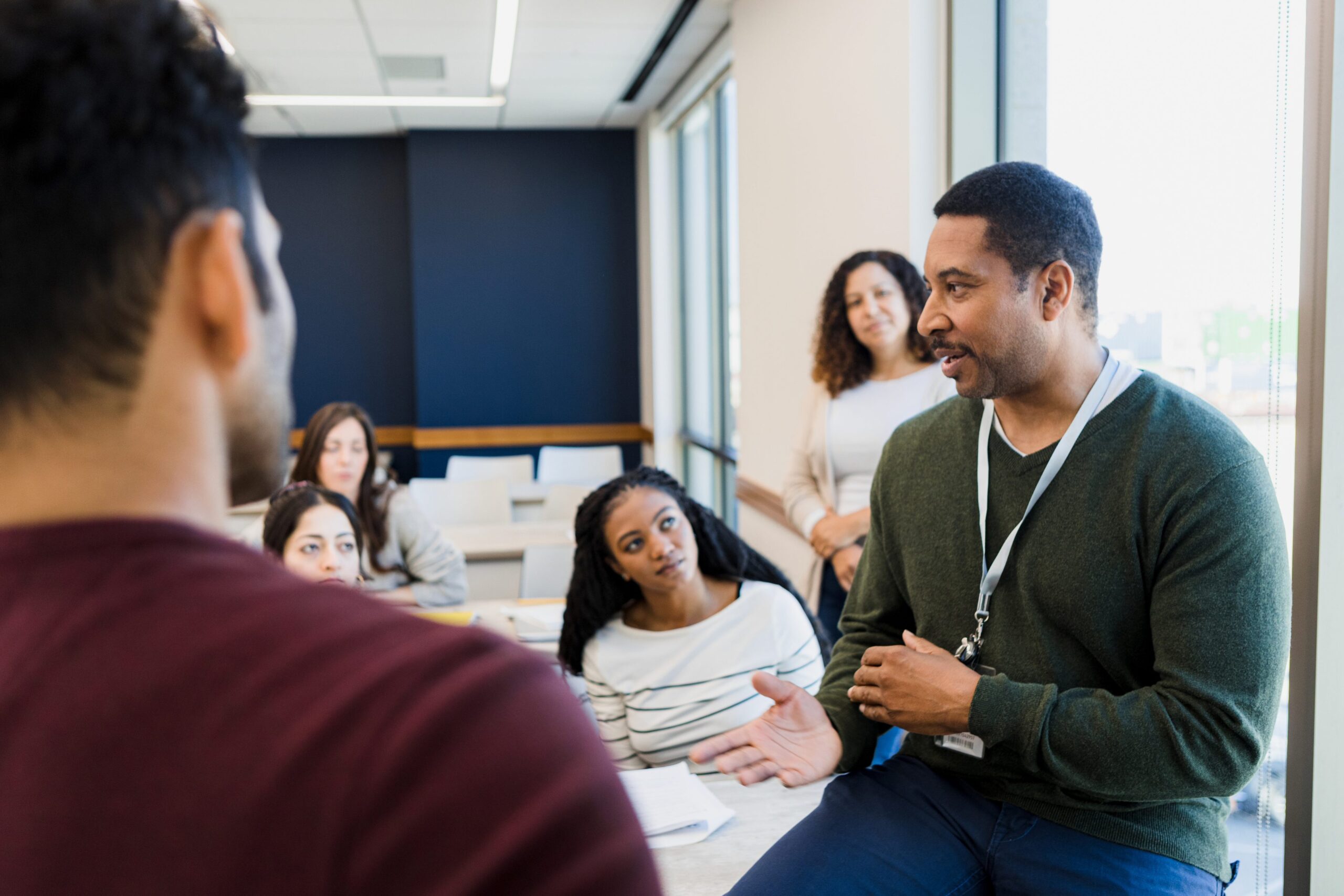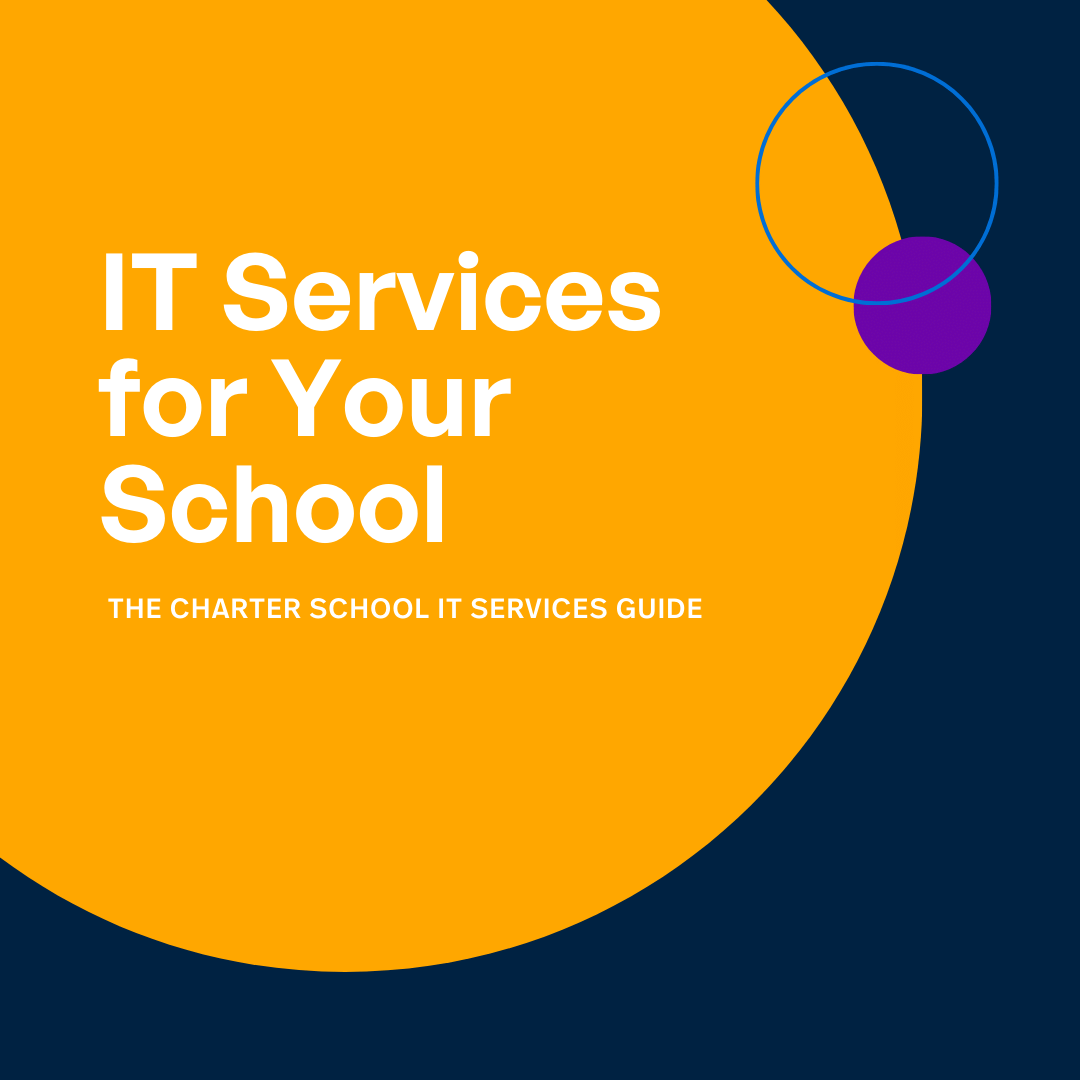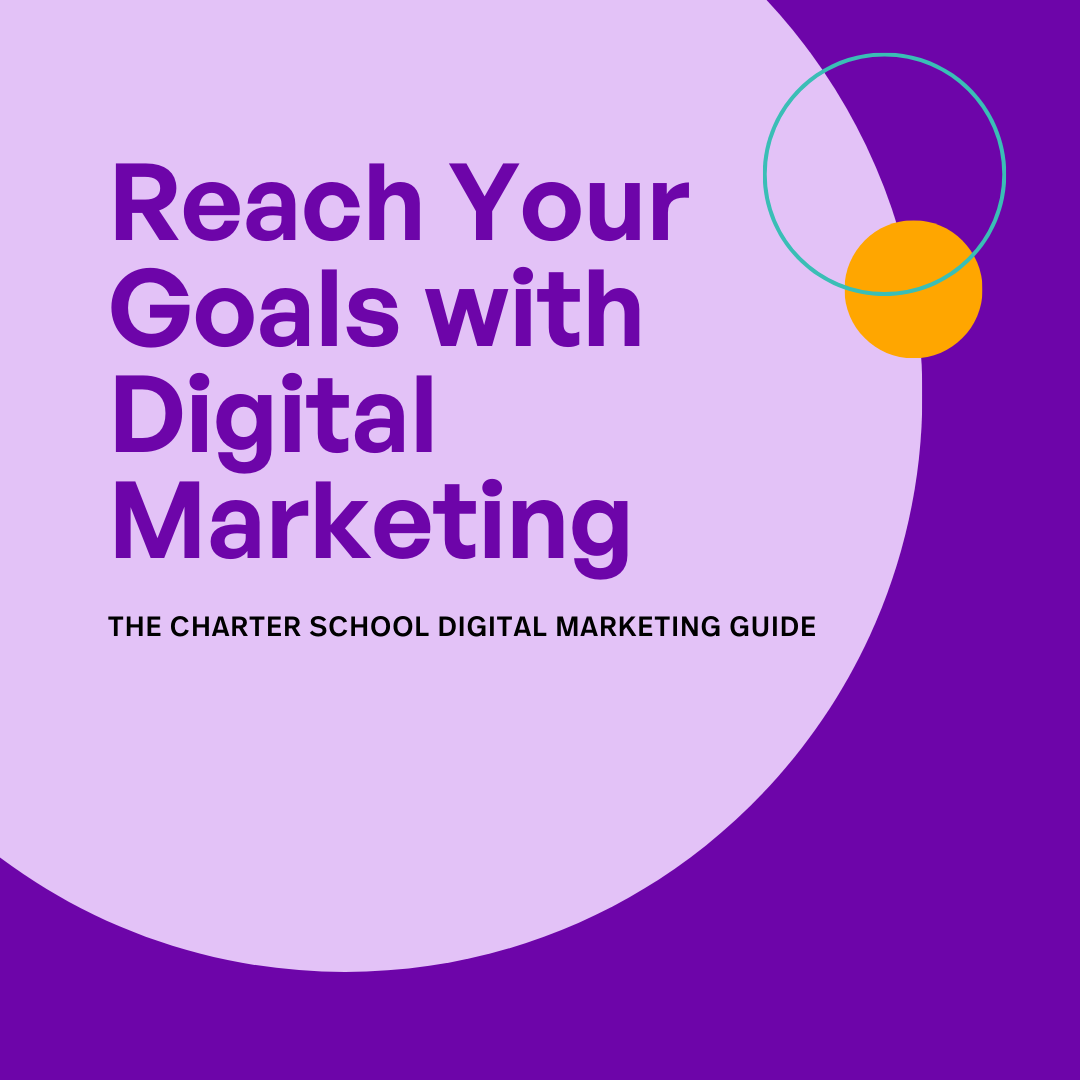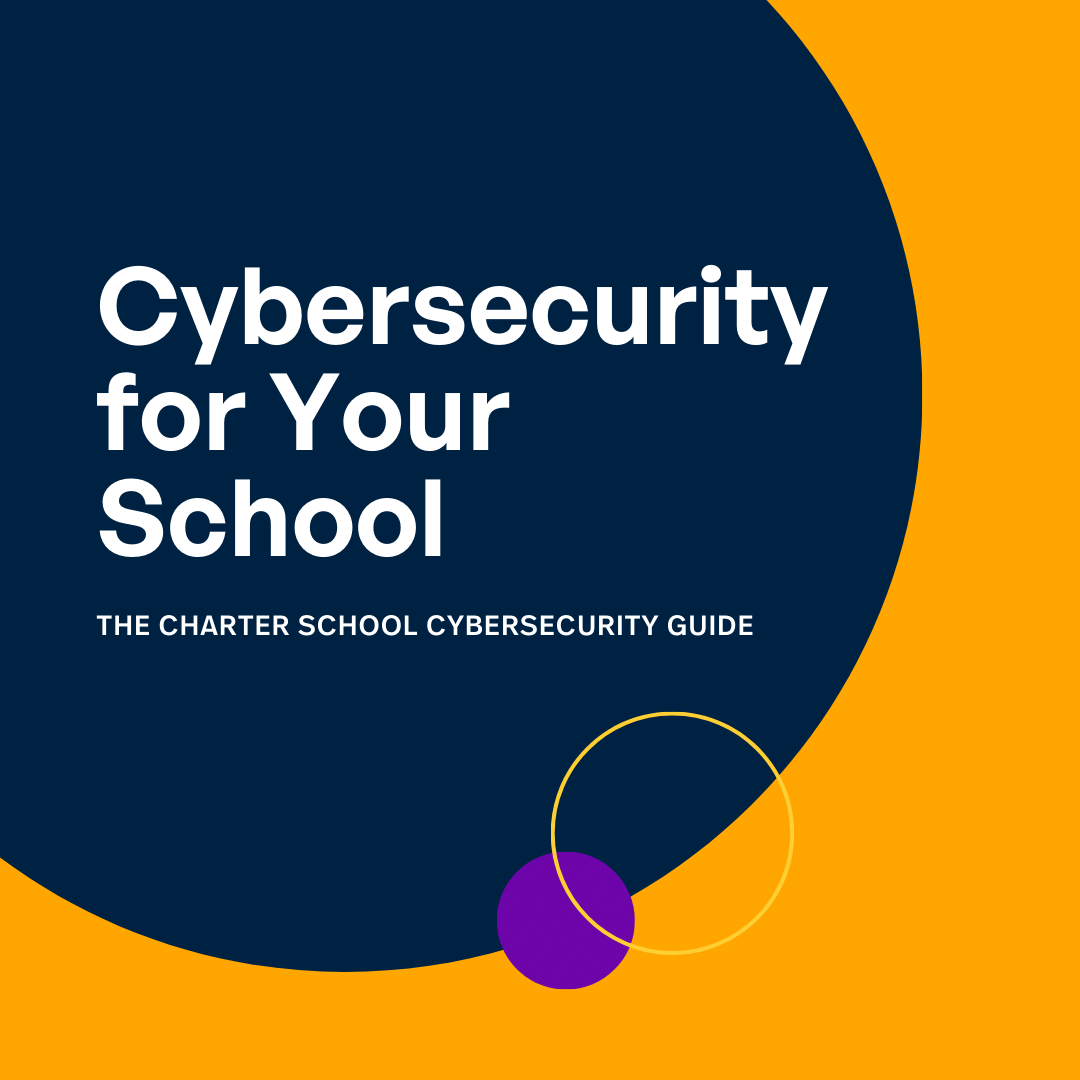In this session, Preet Singh joined us to answer questions on technology for school leaders. He spoke about IT services, cybersecurity, and security awareness training for school staff. You can watch the full video here or read the transcript below.
Join the experts as they answer all your questions live on Tuesdays on YouTube at 10am PT / 12pm CT / 1pm ET.
Full Transcript
Host (00:20):
Hi everybody and welcome back to Tuesday Tips. I’m Michael Barber from Charter School Capital. Really happy to be joined by Preet Sing today from Software M S P Preet. Good to see your face and thanks for joining us today.
Preet Singh (00:33):
Absolutely. Good to see you and always a pleasure to be with you guys.
Host (00:37):
Yeah, we really appreciate the partnership that your team has provided for us. The last few months we’ve been building some content together around all things cybersecurity and IT services for school leaders. So we’re going to spend the next 10 or so minutes diving into some questions on that very topic and so wanted to start really broad conversation on telling us what’s happening in the space. Is there anything we should know just as a top line update of maybe what’s impacting school leaders as they head back to school as it relates to cybersecurity and IT services?
Preet Singh (01:13):
So a lot is happening. There’s always a lot happening in the tech space, but especially nowadays, we’re hearing a lot about cybersecurity. We’re hearing a lot about ransomware, just services being impacted that an organization is supposed to be offering. Just this morning I saw a large higher up road education district or school was impacted in Michigan and they had to just take the decision to shut down everything the day before classes are opening and returning, right? So that’s a huge impact. So cybersecurity is something that’s just top of mind and should be top of mind, rightfully so, because it is impacting not just larger organizations, but smaller ones and people that may not know how to react for that fact when things and incidents do happen. So a lot of issues.
Host (02:07):
Yeah, unfortunately I think it’s going to get worse as we start to see more rise of AI and the impacts of ai, both in positive ways but in a lot of negative ways as well. We’re going to talk about AI in just a second. How can IT services, let’s turn to that part of the conversation first, really enhance A school’s efficiency and productivity. What can school leaders expect when they’re leveraging maybe an outside IT services firm and just in general how IT services can increase efficiency and productivity for school leaders?
Preet Singh (02:40):
No, that’s big, right? Because I think having and implementing the right IT solutions and services and schools can streamline a lot of processes. There’s a very popular framework and model that’s used to assess and improve these performances, and that’s the people process technology framework that it’s based on the idea that organizations are made up of three elements, people, process and technology. These are three elements needed to work together in harmony to ensure a successful organization and everything operates together properly. So if one aspect is weak or it’s not aligned with the others, it can have a huge impact on efficiencies and effectiveness. So I think having the right IT services, the right technology, the right team that manages that, those services and technology can streamline processes like administrative tasks, attendance tracking, grade management, online learning, and just communication. It’s huge among students and staff and parents, and these are all systems that we’re all very familiar with, but these are all relying on the technology to be running efficiency. So I think adding those enhances our experience and the teachers and the parents and the students’ experiences, making sure there’s no errors and just create a better or productive learning environment. I think that’s huge to have the right IT services in place.
Host (04:16):
Yeah, I think that framework, people, process and technology can really help provide a good starting point for how school leaders can think about the conversation. And I know both your team and our team work together on a guide over the summer that brings some of that nuance to life. I’m looking over on the side of my screen. I’m going to drop that resource right into the chat. So if you are looking for that resource as a school leader, please feel free to go grab it, grab it. It’s a hundred percent free. We’re not collecting in any information from it. It’s A P D F download. Very simple to grab from our website, and I dropped that U R L right into the chat, so if anybody is watching this, you can go head over to charter school capital.com and grab that IT guide for school leaders right there.
(04:58):
Let’s turn to another question that I think is important and we’ll shift the conversation away from IT services to cybersecurity. Obviously you gave us a great example of a school in Michigan that is just days into or a school district that days into the academic school year and already facing challenges here. I think we all know that regardless if you’re a school or if you are a private organization in any other industry, we are all faced with the growing threats around cybersecurity. We’d love to understand some thoughts around the key components of a robust cybersecurity awareness program for students and staff. If you can give us some thought starters around that question.
Preet Singh (05:41):
Yeah, it’s important to write, to have the awareness training and have a proper program in place to have those conversations and to have at least a policy. So I think having a lot of what we’re seeing nowadays is having a good interactive module on recognizing phishing scams, password protection, safe browsing, data protection. All this is really, really important to address and to keep in mind, keep top of mind for a lot of the staff and a lot of the people that are just using the technology essentially, if they’re using your email, your systems, your network, that’s just a huge risk less they know how to act or what to look for. Social engineering is a really, really big issue right now. And so having awareness training programs to let people know what type of social engineering is out there, what type of links to click or be weary of, these are really, really big important policies I think to have.
(06:50):
And that comes from it just having regular updates and a cadence for information being sent out. There’s a lot of really great tools out there that can simulate attacks and that can say, Hey, here’s a phishing simulation. Let’s see how many people in your organization actually click it. If it were a real simulation or a real attack, we’ve simulated it. This is how much your score is, what can we do to improve the score? And a lot of these systems would help you put out the right modules and the right training. So having those real world examples and clear reporting mechanisms, I think ensures both students, staff are well-informed and vigilant against cyber threats. That’s
Host (07:32):
Huge. Yeah. I think one of the things someone said to me once in my career, a cybersecurity leader in an organization that I worked for in the past said, unlike what your parents told you to never judge a book by its cover, you should always be judging every email by its cover because you just never know that someone’s trying to fish or attempt to fish or spoof or act like someone that you may feel like you’re close to. So just be very aware that those bad actors are in your inbox. In fact, this morning I was at the gym and I got an email that looked like a password reset request from what I thought was Office 365. It looked very Microsoft orientated. It even had the favicon, almost like the profile image that looked like it was Microsoft colors. And when you clicked into the from name, it was from a completely different domain. So you just always have to be wary of what’s happening inside of your inbox. It is the place I think that more often than not becomes the gateway for some of these bad actors. Right?
Preet Singh (08:32):
Absolutely. A hundred percent spot on. And those are the types of things that you know to look out for. And you’ll be surprised a lot of organizations don’t ever let their users know. And then they go to a different organization and they’re like, oh, wow, I probably clicked on hundreds of links in my last place. So having those really helps, and a lot of cybersecurity insurance policy is mandated now. You have to have cybersecurity training and awareness programs in place, and they’re asking for quarterly reports now. So just different mandates and different regulations that are going to come down the pipeline. I know for sure in our space as well.
Host (09:10):
For sure. I want to turn the conversation a little bit to what I assume is top of mind for school leaders, and that’s something in the realm related to this conversation. That’s AI and just the impacts for school leaders, one of them being data privacy and what AI can get access to, would love some thoughts around how you balance what’s happening inside of school and the technology you’ve got at your disposal innovation with protecting personal information.
Preet Singh (09:40):
Yeah, artificial intelligence is a big, big topic this last year, maybe even more so this last six months for our space because I think our AI and education, it improves a lot of efficiencies and personalization, but it’s risky and it raises a lot of privacy concerns about education materials and more importantly data, student data. And so I think striking that balance, it involves a very, very big focus on data collection security, whether it’s encryption or anonymization of the data. These are really big elements that we have to really make sure is implemented if you’re going to be doing ai, any type of ai. But we’re doing a lot of AI already, and it’s being used in the education space today. We may not realize it or think about it, but if you’re using systems or we’re all familiar with systems that are doing plagiarism detection, exam integrity, chatbots for enrollment, retention and learning management systems, these all have a little bit of AI built into them.
(10:57):
It may not be full fledged or more consumer focused or present, but a lot of the transcription we’re using as well, that’s all ai. It’s using that AI back engine at a surface level to say, Hey, these are actionable items. So I think there’s a lot of analyzation we have to do, and these are very all common AI services that are being adopted and very, very quickly. The innovation is steaming ahead as we speak. So I think the concerns are for real, we just have to be aware of them, and the decisions are made off of another concern is I think the decisions are made off of whatever data that we’re providing the system with that’s part of the AI and generative. So there might be bias, there might even be decisions that are being made off of that bias or inaccurate, even discriminatory. So we have to be very, very conscious about these things when using and implementing ai.
Host (11:57):
Yeah, there’s so many facets when it comes to the impact that AI is going to have on an education. I can only imagine just as we’re seeing states and limited at the federal level, but very at the state level, particularly within California and other sort of major technology centers, you’re starting to see state legislatures put policies around cybersecurity specifically for schools. And I would imagine the next thing that’ll follow, and then in the very well, let’s hope in the near term future, if our legislators are paying attention, that they’re starting to think about policies that ensure that kids are safe and their data is safe and that what they’re being exposed to and learning management systems and all of these places where technology connects our kids inside of the classroom, that parents will have an understanding of what data is being allowed, what exposure to AI their kids are experiencing, because just like you said, the ethical considerations around AI can be challenging for certain demographics and certain segments of the population, and we’ve got to make sure our kids are being exposed to the right learning opportunities when it comes to the AI’s impact on those learning opportunities.
(13:11):
I want to wrap up our talk because we’re pushing past our usual 10 minutes together, but wanted to ask specifically, have you seen any, with your experience with schools, are there any schools that are making any policies around ai, anything that you’ve seen schools start to talk about with AI specifically in policies that are putting in place for either data or just their practices with some of the software, the systems that they’re using inside their schools?
Preet Singh (13:37):
Yes, we are. And a lot of those policies I think are coming right from a overall policy framework. And I think that comes down to just, Hey, do we have anything in place? Just start somewhere, right? I know a lot of organizations in charter schools may not have anything. They’ve just never had to deal with anything like this before. Maybe checking out laptops was part of their technology policy and making sure you’re using some sort of passwords that are encrypted or basic level of technology policies, but start somewhere. So we’re seeing a lot of organizations and we’re helping them create these policies that have some sort of strict guidelines that just say, Hey, implementing strict access controls, very, very important to have regular audits, educating stakeholders about the data usage, whether it’s for AI or anything else. Just ensuring that data usage is not just being leaked and given out freely.
(14:36):
So anytime there’s a request, it has to go through proper channels. Anytime there’s some sort of module that they want to link with your Google or Microsoft workspaces, get the right permission, right? Lock all that down and ensure that there’s not compromising privacy rights and information. So I think a lot of schools are adopting those AI policies or looking at adopting some AI technologies, but then the policies need to be implemented as well. And so making sure you’re prioritizing that data privacy and consent and transparency, just outlining that and making sure those ethical considerations are being held accountable. I think start there. Start somewhere. It’s better than nothing, right?
Host (15:16):
Yeah. You’ve got to start somewhere. Such good advice. I’m going to give you a moment. I’m going to drop into the chat just an additional guide that we worked on with your team over the summer as well around cybersecurity and a guide for school leaders. But I wanted to give you a moment to just give us the pitch for software M S P. Just tell everybody where they can find more information about your team.
Preet Singh (15:39):
Yeah, no, appreciate that. We’re coming from a group of people that are fractional CTOs and have worked in a lot of different industries and highly regulated industries and nonprofits and charter schools and small municipalities. Those are our focus now and has been for several years. So I think software, M S P, you could find us online, software msp.com. There’s a lot of really great technologies and a lot of great services and guides that we’ve helped create with a lot of great partners like C S C. So we have a full fledge of technology services and the resources that we provide are more of just, Hey, this is what’s the right thing to do. We’ll help you get there if you choose to work with us from a network voice, digital transformation security perspective. But ultimately we just want to make sure everyone’s doing something with their technology and always looking to enhance it and secure it. So we’re here as a resource and happy to chat with anyone that might have any questions.
Host (16:39):
Well, we appreciate that offer, and if you want to learn more about what software M S P does, we also did a great webinar with your team a couple months ago just before the national conference. You can pop over to charter school capital.com, just search cybersecurity. And that webinar along with these guides that I’ve popped in the chat will show up in your search results webinars completely free. And I believe there was an exclusive offer to anybody that joined the webinar, which continues on in infamy through an on-demand platform. So you can go take a look at that webinar and still take advantage of that offer. But it was a really good primer for this conversation. Pret, I just want to say thank you again for joining us. We really appreciate the time we’ve gone over by several minutes, but this is always a hot topic and we’ll look forward to bringing you back on Tuesday TIPS when we’ve got some room in the calendar and just say thank you for everyone joining us alive. We’re here every Tuesday at 10:00 AM Pacific, 1:00 PM Eastern talking all things challenges for school leaders. We appreciate you being here, and we’ll see you next Tuesday. Take care.
Preet Singh (17:42):
Thank you.







